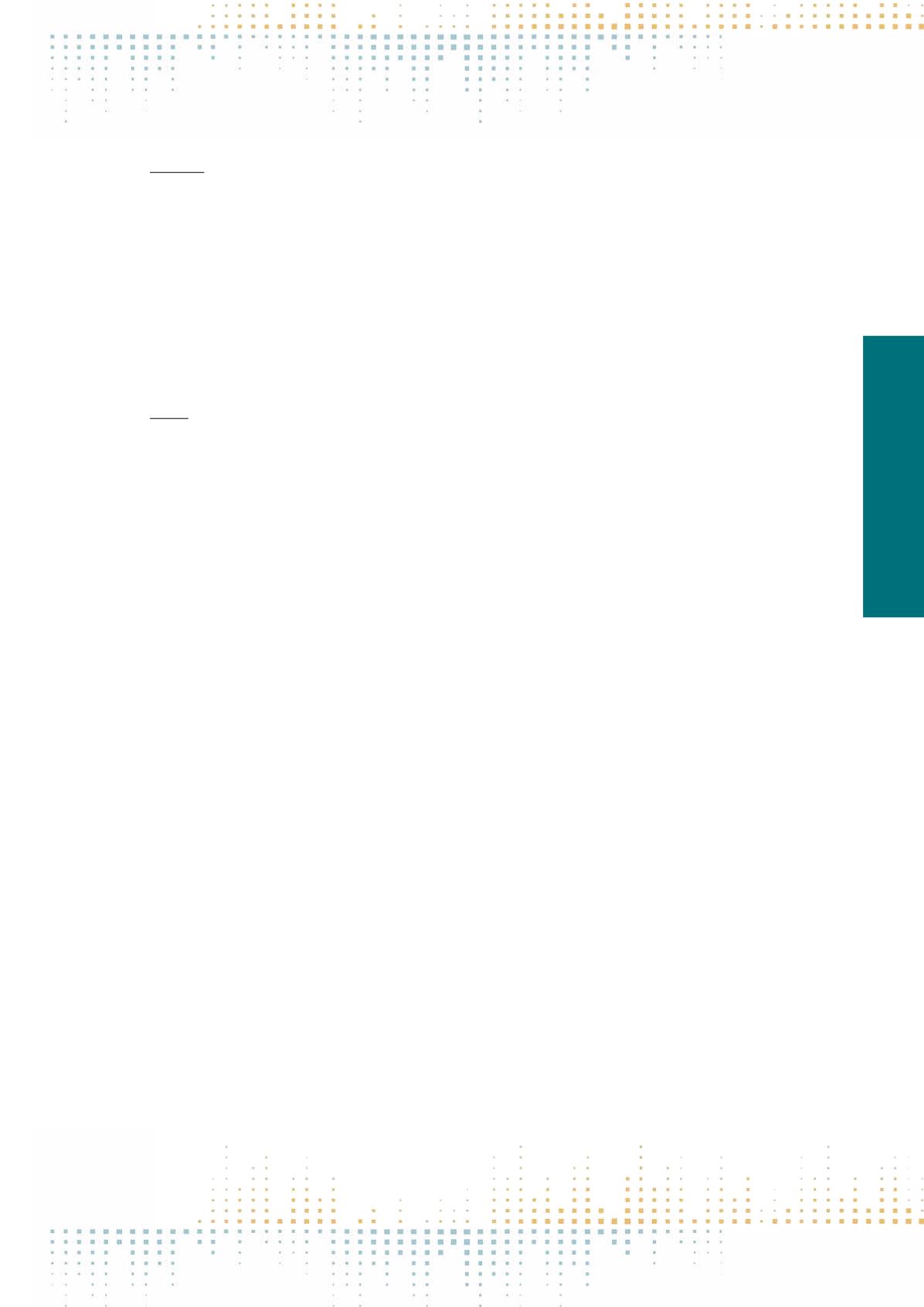

507
Thursday, November 10
0 9 : 0 0 – 1 0 : 3 0
PN 002
Social Media and Elections in Kenya
M.N. Ndlela
1
1
Hedmark Univeristy College, Rena, Norway
The political communication landscape in Africa’s emerging democracies is undergoing tremendous changes due to multifaceted processes of globalization,
particularly the changing stratifications in information and communication technologies. New technologies such as the Internet, mobile telephones and
tablets are increasingly shaping contemporary forms of political communication in Africa, be it political campaigns, mobilization, participation, monitor‑
ing or civic engagement. Social media platforms embedded in these new technologies present a complex dynamics to forms of citizen engagement and
participation in political processes. They represent a new paradigm shift in the nature of communication and relationship between political actors, citizens,
the media and civic organizations, who in various ways and degrees, are adopting new social media platforms. This paper examines the influence of social
media on the political communication processes in Africa, focusing mainly on Kenya. It takes a step towards untangling the influences of social media to
Kenya’s intensely contested and highly polarized elections. It also discusses the limitations associated with social media in the Kenyan context. Keywords:
social media, democratization, elections, mobilization, engagement, participation
PN 003
Social Media in Australian Federal Elections: Comparing the 2013 and 2016 Campaigns
B. Moon
1
, A. Bruns
1
1
Queensland Univeristy of Technology, Brisbane, Australia
Political uses of social media in Australia are strongly influenced by developments in the US and UK, but various national idiosyncrasies mean that lessons
learnt from political campaigning there cannot be translated directly to the Australian context. First, Australia is one of only a handful of nations in the world
where voting is compulsory and the failure to participate in elections risks a fine; this means that the dynamics of political campaigning in Australia are fun‑
damentally different.While in the US“get out the vote”campaigns are designed to ensure a strong voter turnout for one’s own candidate (and to discourage
opposition supporters from voting by giving them the impression that their candidate is unpopular), such campaigns are largely unnecessary in Australia;
the vote of so-called “rusted-on” supporters who always vote for the same party is taken for granted. By contrast, the focus of election campaigning is
almost entirely on the“swinging middle”- those fifteen percent of voters who genuinely change their vote from one election to the next. Further, Australia
has undergone a period of sustained political instability since at least 2007, which has seen six changes of Prime Minister in fewer than nine years. Such
rapid changeovers are driven partly by a nominal legislative period at federal level of only three years, but also by an increased willingness by parliamentary
party rooms to replace their leaders in response to poor public opinion polls: three changes of Prime Minister since 2010 occurred not at the ballot box, but as
a result of internal party-room votes, and affected first-term PMs. Such volatility within long-established parties has also led to the emergence of electorally
successful minor parties that are centred around charismatic, populist leaders and have at times proven to be short-lived. These dynamics point strongly to
the importance of public opinion (or political actors’ perceptions thereof) in contemporary Australian politics. In light of a considerable adoption rate for
platforms such as Facebook and Twitter, social media have become established as important tools for political engagement and campaigning, alongside
more conventional strategies; recent and current Prime Ministers have also been installed as leaders because their popularity on social media was seen, with
some justification, as an indicator of electoral appeal. Further, voters in the “swinging middle” may be particularly likely to draw on social media content
(from their own networks, and official party sources) in deciding whom to elect. Parties are therefore highly active on social media, with almost all federal
election candidates utilising Facebook and Twitter accounts. This paper tracks the activities of and responses to all candidates’Twitter accounts in the 2016
federal election, and compares this with an identical study conducted in 2013. This in-depth, longitudinal research enables both the study of specific
dynamics, events, and incidents in each campaign, and a comparison between both campaigns that takes into account the different political circumstances
as well as the further evolution, during the intervening three years, of the Australian Twittersphere and of the technological foundations that support it.



















